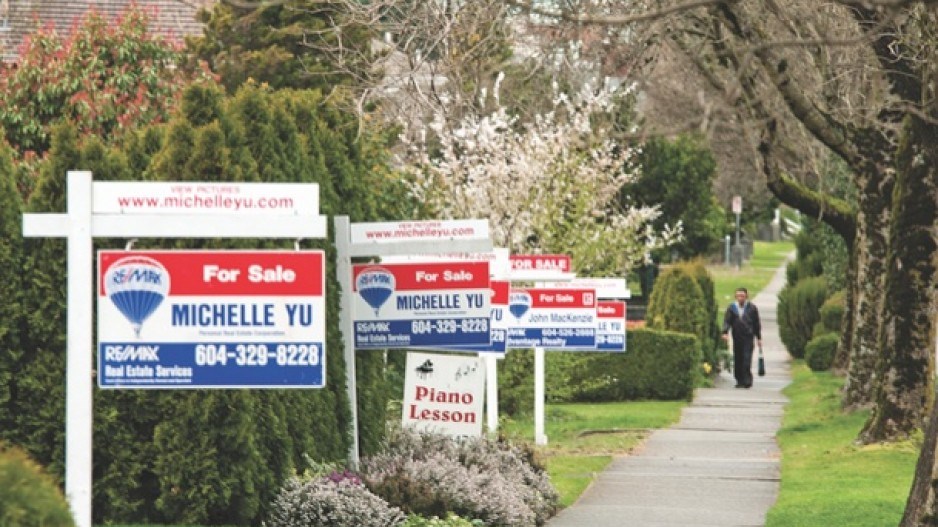The cost of land restrictions and zoning regulations has a dollar amount, and in Greater Vancouver, it comes with five zeroes.
According to new research from the C.D. Howe Institute, “excessive regulation” around building single-family homes in the region added $600,000 to the price of an average home between 2007 and 2016.
The analysis also shows that barriers to building single-family supply make up about half the cost of housing in the area – the highest level in Canada, and one on par with Manhattan, New York.
The study, titled Through the Roof: The High Cost of Barriers to Building New Housing in Canadian Municipalities, examines the gap between the physical cost of building new single-family housing across Canada, and the price those homes fetch on the market.
After accounting for the cost of land and a 17% profit margin for developers, the study concludes that a functioning municipal housing market should see little to no construction cost gap relative to sale price per square foot.
This is the case for the regions of Quebec, Waterloo and Moncton, New Brunswick.
But not in B.C.
Four B.C. regions were included in the study – Kelowna, Victoria, Abbotsford-Mission and Vancouver – and they rank highest on the institute’s chart. In second place, the construction cost gap of Abbotsford homes – deemed to represent the additional cost of regulations and restrictions – is $150 per square foot. In Vancouver, the cost gap is doubled, at $300 per square foot.
The report notes zoning regulations, delays on permit approvals, development charges and land-use restrictions serve as a substantial barrier to building new housing, with the result being higher prices.
While zoning regulations in supply-constrained markets may by design favour multi-family projects, the report notes that restrictions around building height can have a similar effect.




